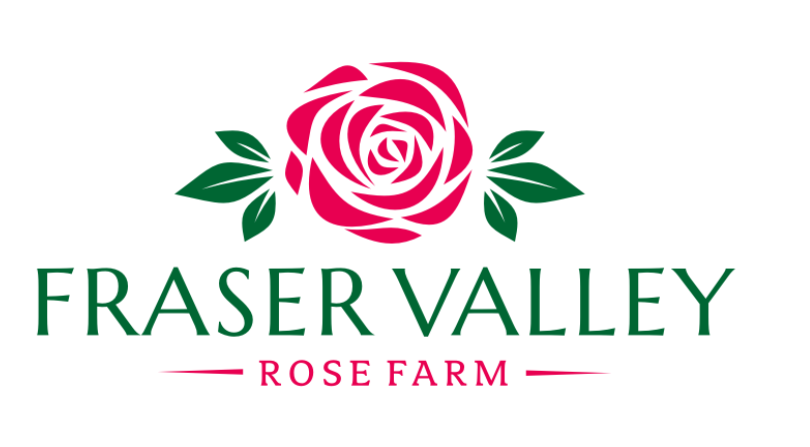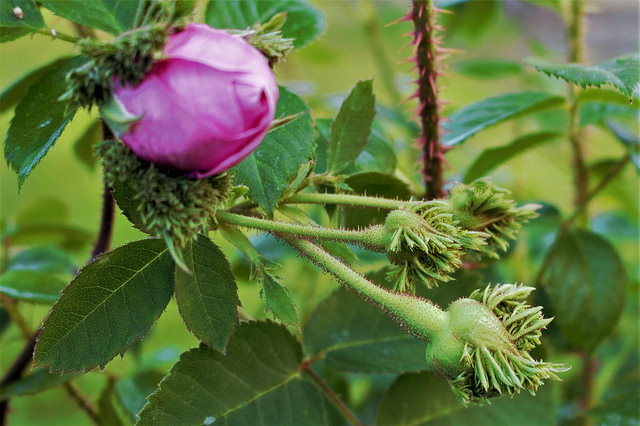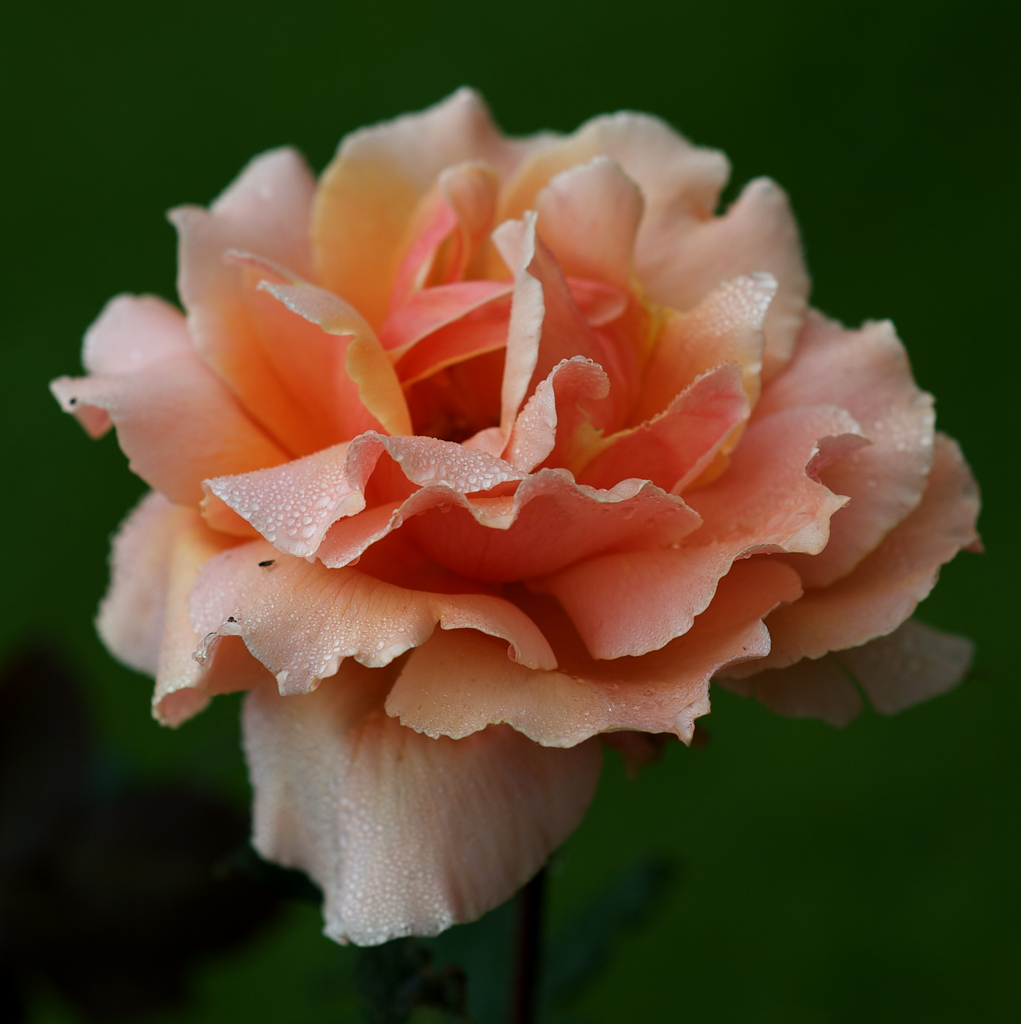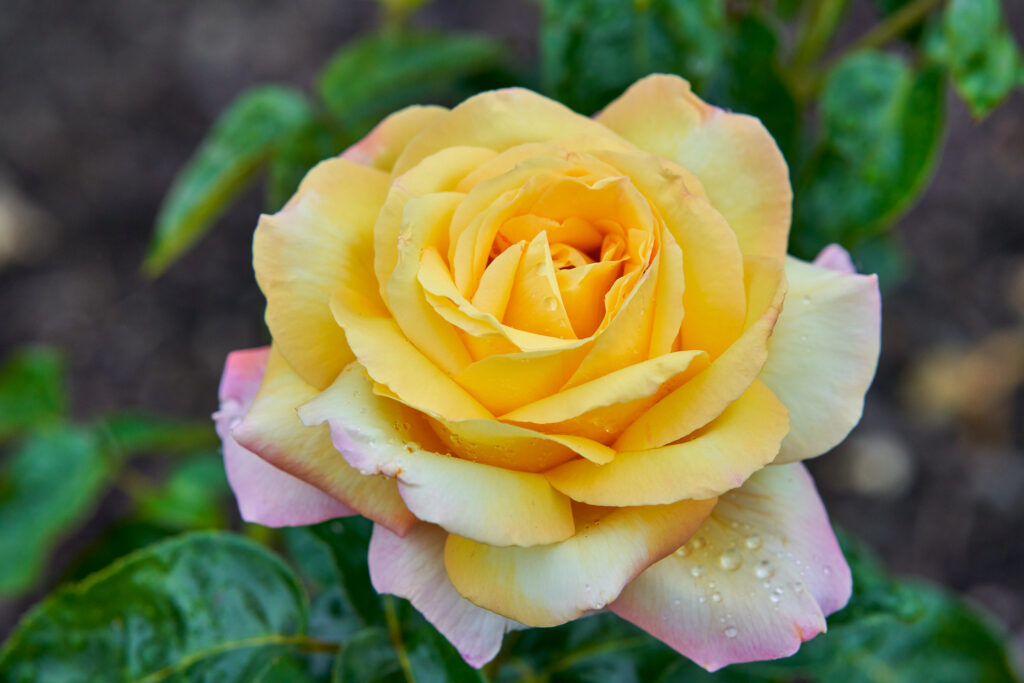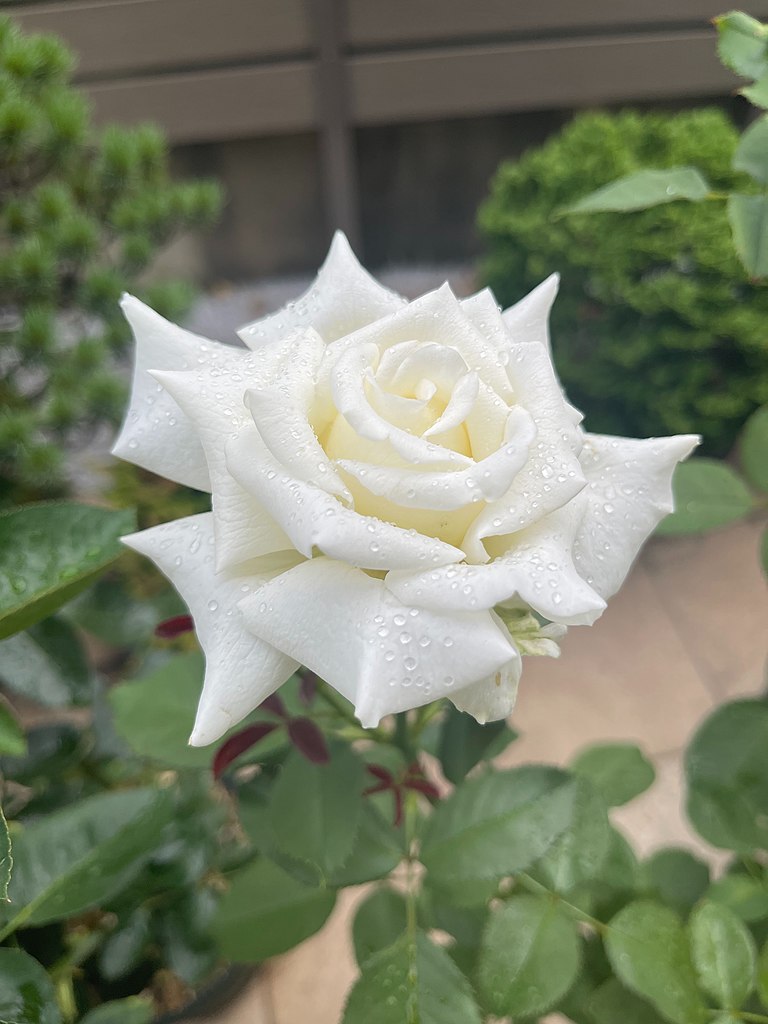I’ve spent a lot of time at the local Farmers Market here in Mission BC – and I’ve made the rounds at other local community markets as well. My time as a vendor has given me a lot of respect for what the local food movement is about. The more I look at it, the more I recognize this movement as inspiration for my own industry. As a gardener first and foremost, I would argue that our shared hobby is threatened by consumer-driven mass marketing. If we want to “push back” we should take lessons from how the local food movement is changing the world, one reusable organic cotton produce bag at a time.

What is the local food movement?
I would never describe the local food movement as negative, but it is a reaction against something. Somehow, a whole bunch of people came together to draw similar conclusions about the global food industry. What started as a list of problems eventually began to inspire solutions. But first, some of the problems:
- Apples shipped in from around the world, while local orchards go out of business
- The widespread use of GMOs, pesticides and chemical fertilizers in farming
- Shelves full of overpackaged and highly processed foods
- Varieties of produce chosen for the sake of uniform ripening and for long-distance transport (but not necessarily flavor or nutrition)
- Local, small-scale food production disappearing, along with the jobs and skills they entail
So what’s wrong with the free market?
Here’s my take on it: individually most people are quite smart, but together we can be a little stupid. When a large food company makes a decision, they’re doing it based on consumer behavior as a group. They’re following the herd, and the herd is following them. When they end up selling us something cheap, easy, salty, sweet, overpackaged, and shipped in from 3000 kilometers away – it’s not like any individual consumer would have requested it that way, but we move funny when we’re in big groups.
How this applies to the gardening hobby
While the local food movement is pushing back against some bad outcomes, what’s happening in gardening is every bit as concerning. International mass-merchants have gobbled up somewhere above 50% of plant sales in Canada already, with no signs of slowing down. If you want the best for the gardening hobby, would you aim to buy plants from a knowledgeable horticulturist, or a part-time seasonal clerk at a mass merchant? Would you prefer properly labeled plants, with botanical names and complete growing information, or the infamous “Green Plant” tag? Would you want a garden center that at least makes an attempt to stay relevant all year, or a “seasonal department” that stocks plants for 10 weeks in the spring, then switches to patio furniture?
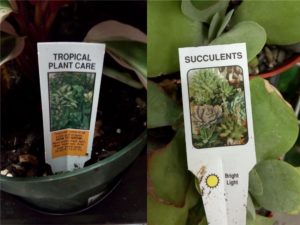
Is it even a plant, or just disposable decor?
I happen to be writing this post during the run up to Christmas, so examples abound of plants packaged as seasonal decor. Take the Norfolk Island Pine (Araucaria heterophylla) as an example. This tropical tree shows up in the hardware and big box stores this time of year, usually all dressed up in holiday tinsel:
I’m not judging you if you bought one: it’s actually a very interesting plant. The pretense that any of these trees will actually be kept alive is what I question. The Norfolk Island Pine is a tropical tree, so it’s not going to survive a winter outdoors in our climate (not that you would know any better from the informational tag included). The timing of the sale puts these trees into homes at a particularly difficult time of year. Good natural light will be hard to come by, humidity will likely be low, and “Christmas trees” often go neglected for watering during the busy season. A few attentive purchasers will turn these holiday trees into attractive large houseplants. The rest will end up deteriorating under poor conditions until disposed of after the holiday, tinsel and all.
Poinsettias aren’t exactly evil (but they did kill Frosty the Snowman)
I took this poinsettia picture at the hardware store yesterday. Yes, that’s glitter. As if this long-standing abomination to sensible horticulture couldn’t get tackier. For all the heat and special growing conditions that go into forcing this tropical shrub to bloom, most will be in the garbage bin by mid-January.
Christmas isn’t the only season with throw-away plants. Wrap a miniature rose in red foil, and decorate with plastic heart-shaped “bling” for Valentine’s. We have lilies for Easter, sorrel for St. Patrick’s day, and fall mums for, well, fall. If you can bling it, it can be holiday themed as throw-away decor.
Where does it lead?
The problem with these products isn’t just their wastefulness. Dumbing down horticulture to this extent puts new gardeners onto the wrong path. Selling a plant that ends up in the garbage is just confirmation that the hobby is “too hard”, or maybe just a bad way to spend money. When a new gardener buys a plant with scant or misleading growing information, she’s less likely to succeed. That’s a problem for us all. Greenhouse forced and highly growth-regulated plants (with sprays or by other growing means) often have performance problems in the garden. Do you think the novice gardener will understand that when his snapdragons remain stunted in the garden?
Where doesn’t it lead?
It used to be that there was a clear path forward from the bedding annuals. They were like a “gateway drug” into gardening. Once you were hooked on the color, you could go back to your local garden center and be transitioned into other, longer-lived plants: bulbs, perennials, shrubs & trees. The novice becomes proficient, the proficient gardener becomes an expert, and so on. This is how we can assure the future of the hobby, by helping each other to get better. It’s also how we trade around and manage to keep rare, interesting, and even historic plants in hobbyist gardens.
The above pictured rose, ‘Chapeau de Napoleon’ with it’s very fancy crested sepals is kept alive in gardens by trading between gardeners. The future of cool plants like this one depends on new gardeners getting past the throw-away plant phase in their hobby.
What else isn’t working
Where do I start? As you can tell from the above topics, I’m not a fan of over-packaging and heavy-handed branding. The really big horticulture companies have turned to the dubious tactics of hiding real cultivar names beneath trade names, fancy logos and highly branded product lines. It affects me personally when it comes to my horticultural first love, roses. You can see my rant on rose naming here.
In a somewhat related tactic, at least one horticulture company I know of is making good business of buying a “portfolio of genetics”. They’re locking down some of the best new cultivars to their corporate branding efforts. Is this is the long-term interest of the gardening hobby? They will flog these cultivars until nearly the expiry of their patent period, and then move onto something newer before they have to share those genetics with the world. Sound a bit like the pharmaceutical industry?
What the local food movement has changed
Okay, okay. The food industry is still plagued by overpackaging, overshipping, the use of GMOs, questionable chemicals, and rubber carrots (well, maybe it only seems that way compared to the local stuff). The problems aren’t all fixed, but at least they’re identified, and that’s a good start. The most powerful accomplishment so far: a dedicated and viable alternate market for local produce. The Farmers Market has become a place where it still makes sense to talk about flavor, quality and good production practices. The real value that has come from the local food movement is that they have made conversations about farming practices relevant to the consumer.
Oh great, another lecture about hybrid seeds…
We don’t all have to agree about every topic, to know that the conversation itself is a good thing. If we can agree that in general, buying local is better than buying from who-knows-where, that’s progress. We may not 100% agree on tillage, spraying, or organic practices, but the fact that customer are making direct contact with producers, and asking these questions is good. It makes growers more accountable and more thoughtful about their methods.
Who am I to judge?
You’re the person making the decision, that’s who. Every time you spend a dollar on a plant, you tell the horticulture industry what you’re willing to pay for. If the local food movement is any indication, the horticulture companies will listen and adjust.
Do you want to make a difference? Here’s my prescription:
- Join up. See other plant people at the local Farmers Market, community garden, garden club, or related Facebook group. If you’re in my area, I can recommend three right away: Mission Plant Buy & Sell, for buys/sell/trade & giving away plants, as well as garden discussion, Gardening in the Fraser Valley, which is just what it sound like and has many knowledgeable participants, and Canada Rose Cuttings & Exchange, where we’re working on preserving rare garden roses.
- Give buying preference to local specialty growers. We may not have all the assortment of a garden center, but you can find some really special plants this way… and go a long way to supporting local agriculture.
- Share your opinions. You may be the expert gardener that novices are taking their lead from, and if so, please lead them thoughtfully and towards success.
- I’m not saying to avoid the mass merchants altogether. I would just encourage you to visit your year-round independent garden center as your preferred option to the degree you can, and perhaps even when there’s a difference in price.
Thanks so much for taking the time to read my opinion. I know I went a bit long, but what can I say… I’m an enthusiast. Not a writer (clearly), but a grower, and a grateful participant in the hobby of gardening. If you agree, or even if you don’t, I’d be pleased if you were to share your thoughts. It’s a conversation worth having, I think.
